Introduction
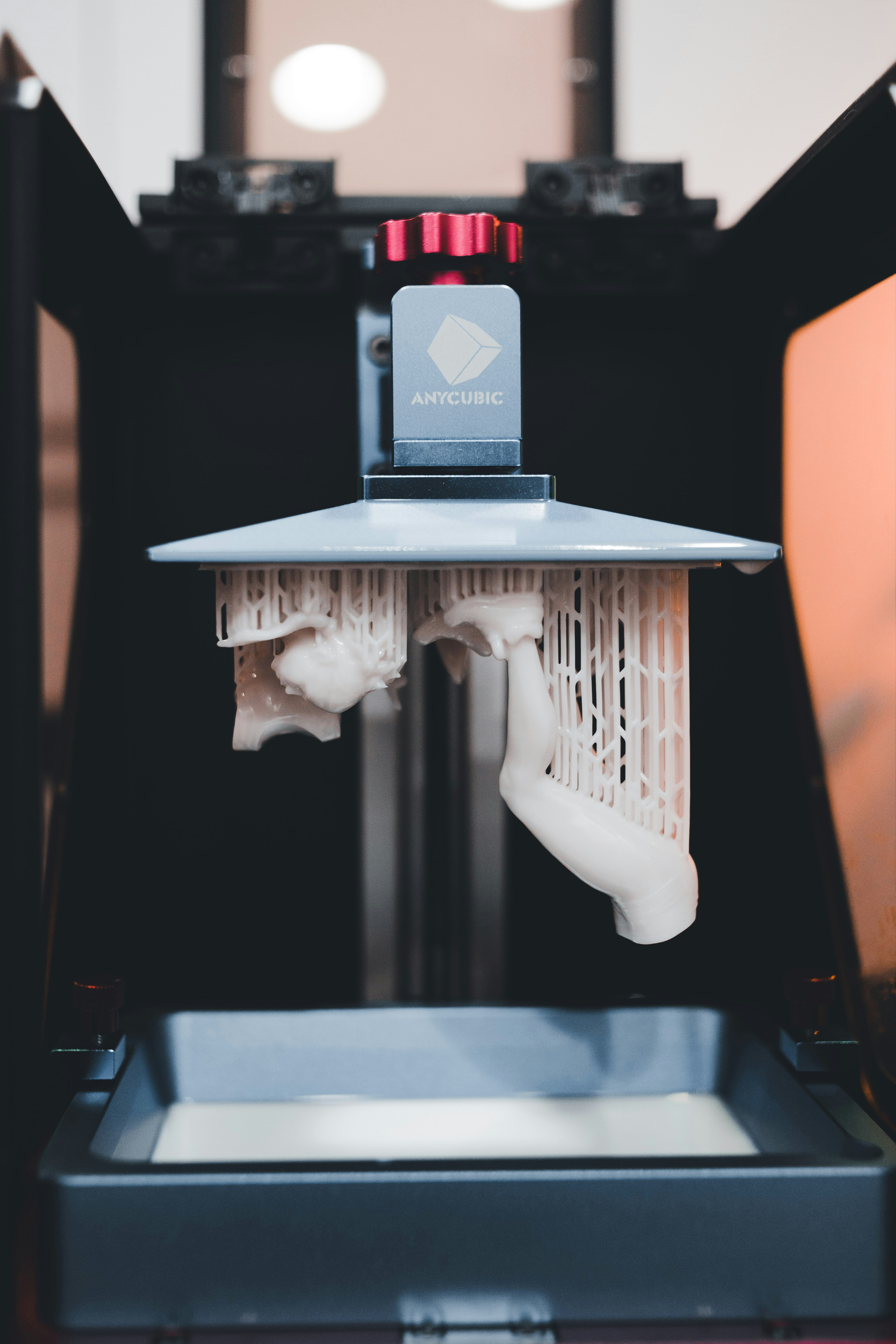
Are you looking to understand the process of aluminum parts casting and the benefits of 3D printing in this field? Choosing the right manufacturer for cast aluminum parts is crucial for quality and precision. Let's explore how these factors play a significant role in the production of cast aluminum parts.
Understanding the Process of Aluminum Parts Casting
Understanding the process of aluminum parts casting involves intricate techniques that ensure the production of high-quality cast aluminum parts, such as trays, plates, and railing components. Each step requires precision and expertise, from creating molds to final finishing touches. One crucial aspect of aluminum parts casting is using 3D printing technology, which allows for the high-accuracy creation of complex and intricate designs. This innovative method has revolutionized casting by reducing lead times and enabling greater design flexibility.
Benefits of 3D Printing in Aluminum Parts Casting
3D printing is transforming how we create small aluminum parts. Here's how:
- Enhanced Design Flexibility and Faster Lead Times: 3D printed patterns allow for intricate designs and rapid prototyping, significantly reducing the time it takes to bring a product to market.
- Production of Complex, Lightweight Parts: Traditional casting's limitations are gone. 3D printing enables the creation of intricate, lightweight structures that were previously impossible, opening doors for innovation in industries like aerospace and automotive.
- Improved Performance and Functionality: 3D printing's ability to create complex geometries and internal structures unlocks new levels of performance and functionality in aluminum components.
By combining 3D printing with traditional casting techniques, manufacturers can produce high-quality, complex aluminum parts faster and with greater design freedom. This paves the way for developing lighter, stronger, and more efficient products across various industries.
Choosing the Right Manufacturer for Aluminum Parts Casting
Selecting a reputable manufacturer for die-cast aluminum parts is essential to ensure superior quality and reliability. With a focus on precision engineering and attention to detail, the right partner will have a track record of delivering high-quality aluminum parts that meet or exceed industry standards. Additionally, their expertise in optimizing the casting process for efficiency and cost-effectiveness will be crucial in achieving the desired results.
The 3D Printing Process
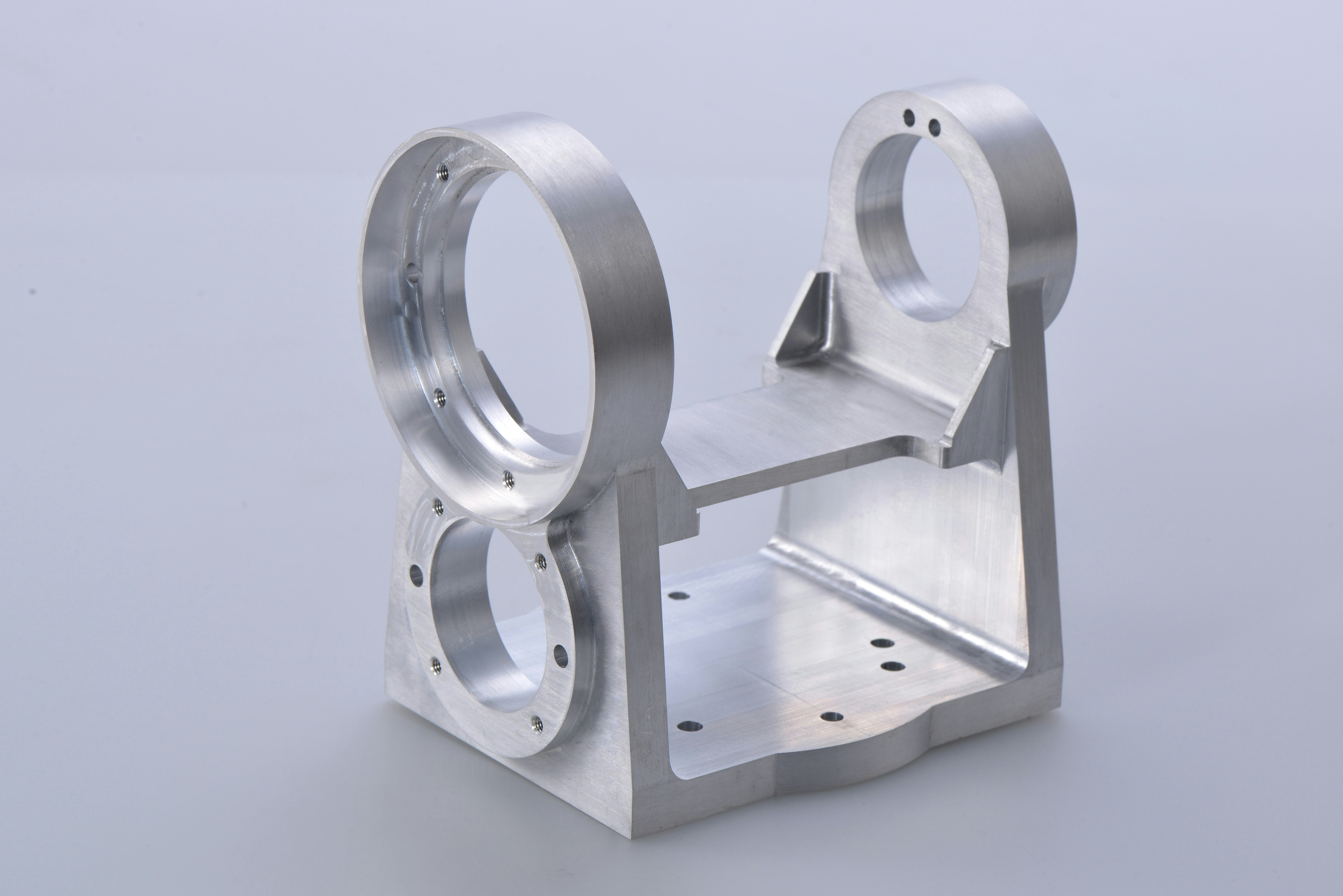
Creating the 3D Model for Aluminum Parts
When creating the 3D model for cast aluminum parts, it's essential to consider intricate details and precise measurements to ensure a flawless end product. Using advanced software and design techniques, the 3D model is meticulously crafted to represent the final aluminum part accurately.
After creating the 3D model for cast aluminum parts, the next step is carefully selecting the suitable 3D printing material. This decision is crucial as it directly impacts the quality and durability of the final product. Factors such as strength, heat resistance, and finish options must be considered when choosing the material for 3D printing the aluminum part.
Selecting the Suitable 3D Printing Material
Choosing the right 3D printing material for cast aluminum parts requires careful consideration of several factors. Here are the key aspects to consider:
- Mechanical Properties: Strength, durability, and heat resistance are crucial for parts replicating cast aluminum. Materials like aluminum alloys excel in these areas.
- Cost-Effectiveness: Finding a balance between material performance and affordability is essential for project success.
- Printing Technology Compatibility: The chosen material must be compatible with the specific 3D printing process being used.
By carefully evaluating these factors, you can select a 3D printing material that delivers the desired performance and cost-effectiveness for your cast aluminum prototypes. In conclusion, selecting the right material plays a vital role in the success of your 3D-printed cast aluminum parts.
Examining the 3D Printed Prototype
After the 3D model is printed, examining the prototype is crucial in identifying imperfections or design flaws. This step allows for necessary adjustments before casting small aluminum parts or larger components like cast aluminum trays and railing parts.
Once imperfections or design flaws are identified in the 3D printed prototype, necessary adjustments can be made to ensure that the final cast aluminum parts meet the highest quality standards. This crucial step allows for fine-tuning the design before casting, ultimately saving time and resources in the long run. By carefully examining the prototype, manufacturers can address any issues early on, resulting in a smoother production process and a superior end product.
Manufacturers can ensure that every cast aluminum part meets high-quality standards by carefully navigating through the intricate process of creating a flawless 3D model, selecting premium printing materials, and thoroughly inspecting prototypes.
Aluminum Parts Casting Techniques

Sand Casting vs. Investment Casting
When it comes to casting small aluminum parts, both sand casting and investment casting are popular techniques. Sand casting involves creating a mold from a mixture of sand and a bonding agent, while investment casting uses a wax pattern coated with a ceramic shell. Sand casting is ideal for larger cast aluminum parts like cast aluminum plates or trays, while investment casting offers high precision for intricate designs.
Using Permanent Mold Casting for Aluminum Parts
Permanent mold casting is another method used for producing cast aluminum parts, especially for cast aluminum railing parts. This technique involves using a reusable mold made from metal to create the desired shape. It is known for its cost-effectiveness and ability to produce consistent and high-quality castings, making it suitable for applications that require durability and strength.
Additionally, permanent mold casting allows for a faster production process than other methods, making it an efficient choice for meeting tight deadlines in manufacturing aluminum parts. The molds' reusable nature also contributes to environmental sustainability by reducing waste and energy consumption. Furthermore, the ability to produce intricate and complex designs with high accuracy makes permanent mold casting a versatile option for a wide range of aluminum railing parts, ensuring that even the most detailed components can be manufactured with precision and consistency.
Exploring the Die Casting Method
Die casting is widely used in manufacturing die-cast aluminum parts because it can produce complex shapes with high accuracy and surface finish. The process involves injecting molten metal into steel molds under high pressure, resulting in detailed and dimensionally stable castings. Die-cast aluminum parts are commonly found in automotive components, electronic housings, and aerospace applications.
Quality Control in Aluminum Parts Casting
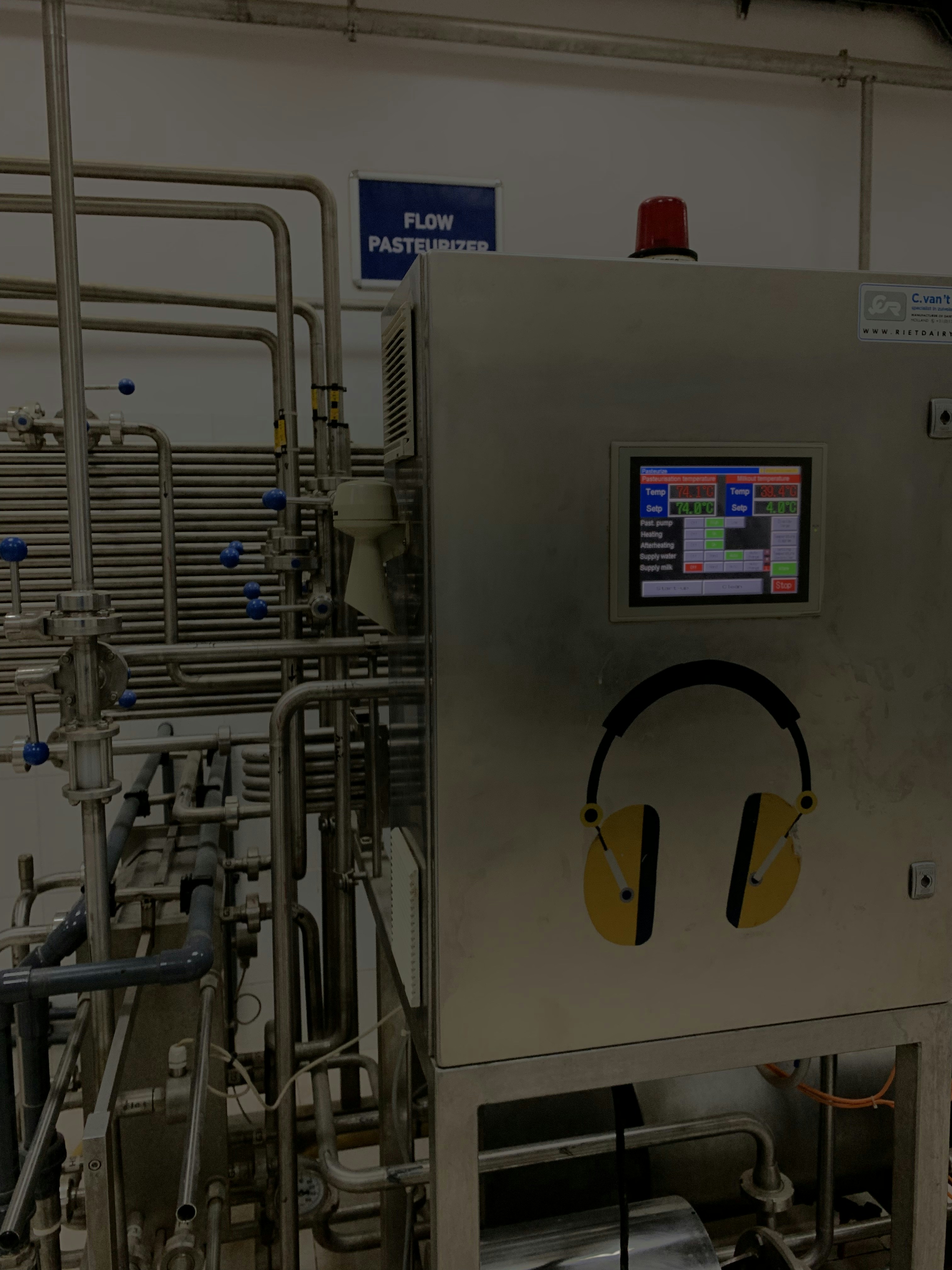
Ensuring Dimensional Accuracy
Cast aluminum parts are popular in many industries due to their versatility and desirable properties. However, achieving precise dimensions is critical for these parts to function correctly. Here's how manufacturers ensure dimensional accuracy in cast aluminum parts:
- Advanced Measurement Tools: Manufacturers utilize high-tech equipment, such as coordinate measuring machines (CMMs), to precisely measure every aspect of the cast part.
- Rigorous Quality Control: Throughout the casting process, parts undergo regular inspections to identify and rectify any dimensional deviations early on.
- Skilled Craftsmanship: Experienced technicians are vital in maintaining mold integrity and ensuring consistent part dimensions.
By employing these methods, manufacturers guarantee that cast aluminum parts meet exact specifications, leading to a perfect fit and optimal performance in the final application.
Surface Treatment and Finishing Options
After casting, cast aluminum parts often require surface treatment and finishing to enhance their appearance and durability. Options like powder coating, anodizing, or polishing can achieve the desired aesthetic and protective finish. Manufacturers offer various finishing options to meet specific requirements for different applications.
In addition to enhancing appearance and durability, surface treatment and finishing options for cast aluminum parts can also provide corrosion resistance, improve electrical insulation, or reduce friction. Powder coating, for example, creates a durable and attractive finish while offering excellent resistance to chipping, scratching, and fading. On the other hand, anodizing can increase the thickness of the natural oxide layer on the surface of the aluminum parts, providing enhanced protection against wear and corrosion. These additional benefits make surface treatment an essential step in ensuring the long-term performance of cast aluminum parts in various applications.
Avoiding Defects in Cast Aluminum Parts
To maintain high-quality standards, manufacturers employ stringent quality control measures to avoid defects in cast aluminum parts. This includes carefully monitoring the casting process to prevent issues such as porosity, shrinkage, or cracks that could compromise the integrity of the parts. Manufacturers ensure that only flawless cast aluminum parts are delivered to customers by implementing thorough inspections and testing procedures.
Finding the Right Manufacturer
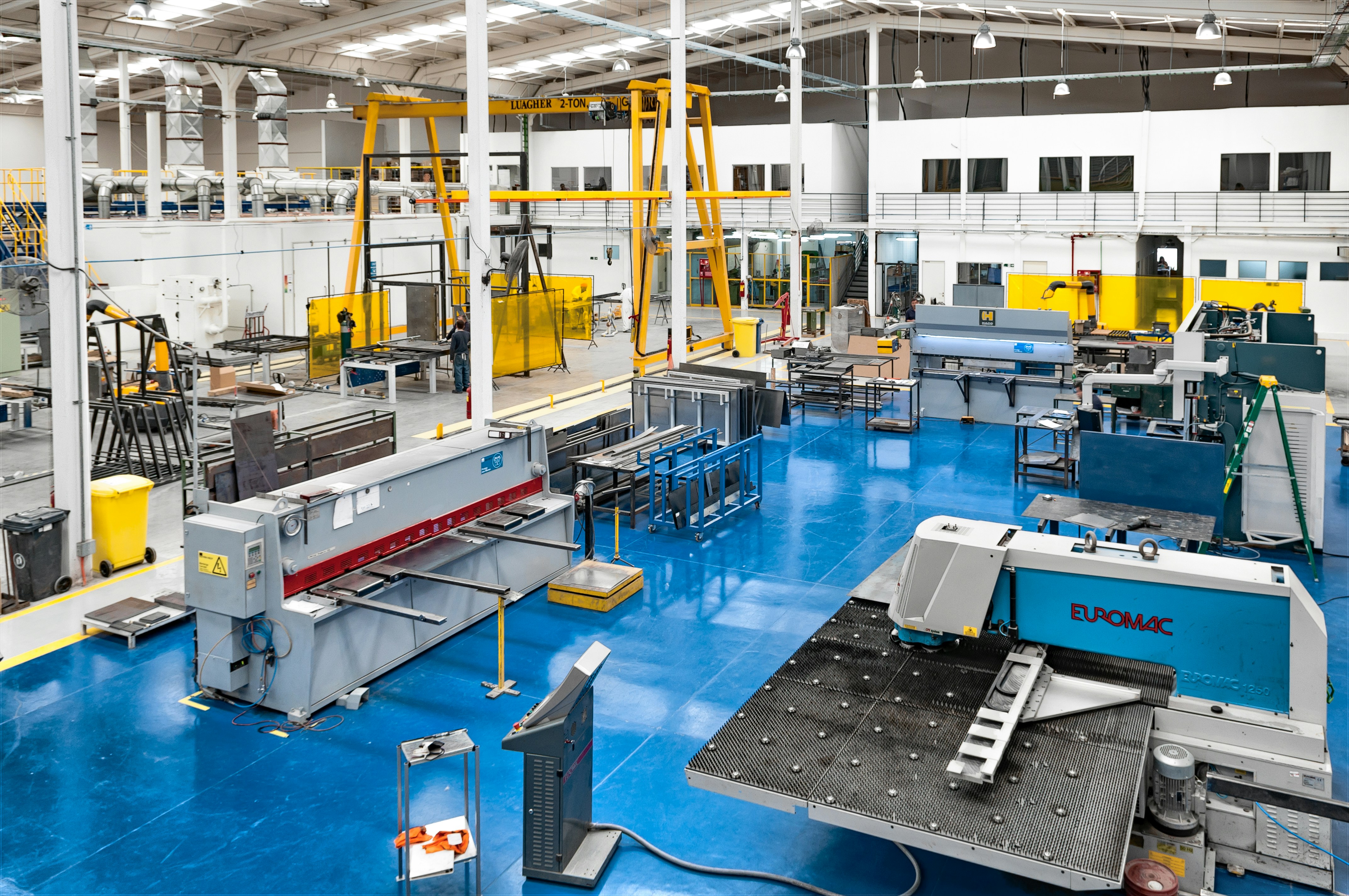
When searching for the right manufacturer for cast aluminum parts, it's crucial to evaluate experience and expertise. Look for a company with a proven track record in producing high-quality cast aluminum products, such as cast aluminum plates and trays. Manufacturers with extensive experience are more likely to deliver exceptional results.
Evaluating Experience and Expertise
When it comes to cast aluminum parts, finding an experienced manufacturer is key to ensuring quality and meeting your needs. Here's what to look for:
- Deep Casting Process Understanding: A seasoned manufacturer will thoroughly grasp the casting process, from material selection to finishing, ensuring they can translate your requirements into high-quality parts.
- Expertise Across Aluminum Casting: Whether you need complex die-cast components or smaller intricate parts, the manufacturer should have the skill set to produce them efficiently and precisely.
- Diverse Casting Capabilities: Look for companies specializing in casting a wide range of aluminum products. This could include everything from architectural railing parts to molds for industrial applications.
By partnering with an experienced cast aluminum parts manufacturer, you can be confident in receiving top-quality components that meet your exact specifications.
Considering Equipment and Capabilities
In addition to experience, it's essential to consider potential manufacturers' equipment and capabilities. Look for facilities equipped with advanced machinery designed explicitly for casting aluminum parts. The right manufacturer will have the tools and technology to handle various casting techniques, from sand casting to permanent mold casting.
Assessing Customer Reviews and Testimonials
Before selecting a manufacturer for your cast aluminum parts, take the time to assess customer reviews and testimonials. Hearing from previous clients can provide valuable insights into the quality of products and services a particular manufacturer offers. Look for positive feedback regarding dimensional accuracy, surface treatment options, and overall satisfaction with cast aluminum products.
Now that we've covered evaluating experience and expertise, considering equipment and capabilities, as well as assessing customer reviews and testimonials when finding the right manufacturer for your cast aluminum parts production needs, let's move on to exploring one exemplary company that excels in this field - Ningbo Buttler Precision Machinery Co., Ltd.
The Expertise of Ningbo Buttler Precision Machinery Co., Ltd.
Die-Casting Molds
and Aluminum Castings
Ningbo Buttler Precision Machinery Co., Ltd. specializes in creating high-quality die-casting molds for various cast aluminum parts, from intricate railing parts to durable trays. Their expertise in producing precision aluminum castings ensures top-notch quality and dimensional accuracy for various applications.
Advanced CNC Machines and Equipment
Equipped with state-of-the-art CNC machines and cutting-edge equipment, Ningbo Buttler Precision Machinery Co., Ltd. utilizes advanced technology to manufacture cast aluminum molds and parts with exceptional precision and efficiency. Their commitment to using the latest machinery guarantees the production of top-notch cast aluminum plate components that meet stringent industry standards.
Comprehensive Capabilities in Aluminum Parts Casting
Ningbo Buttler Precision Machinery Co., Ltd. offers comprehensive capabilities in casting small aluminum parts, utilizing its extensive knowledge and experience to deliver superior results. Whether creating complex cast aluminum parts or simple components, its expertise covers a wide spectrum of casting requirements, ensuring that every project is executed with precision and excellence.
Conclusion
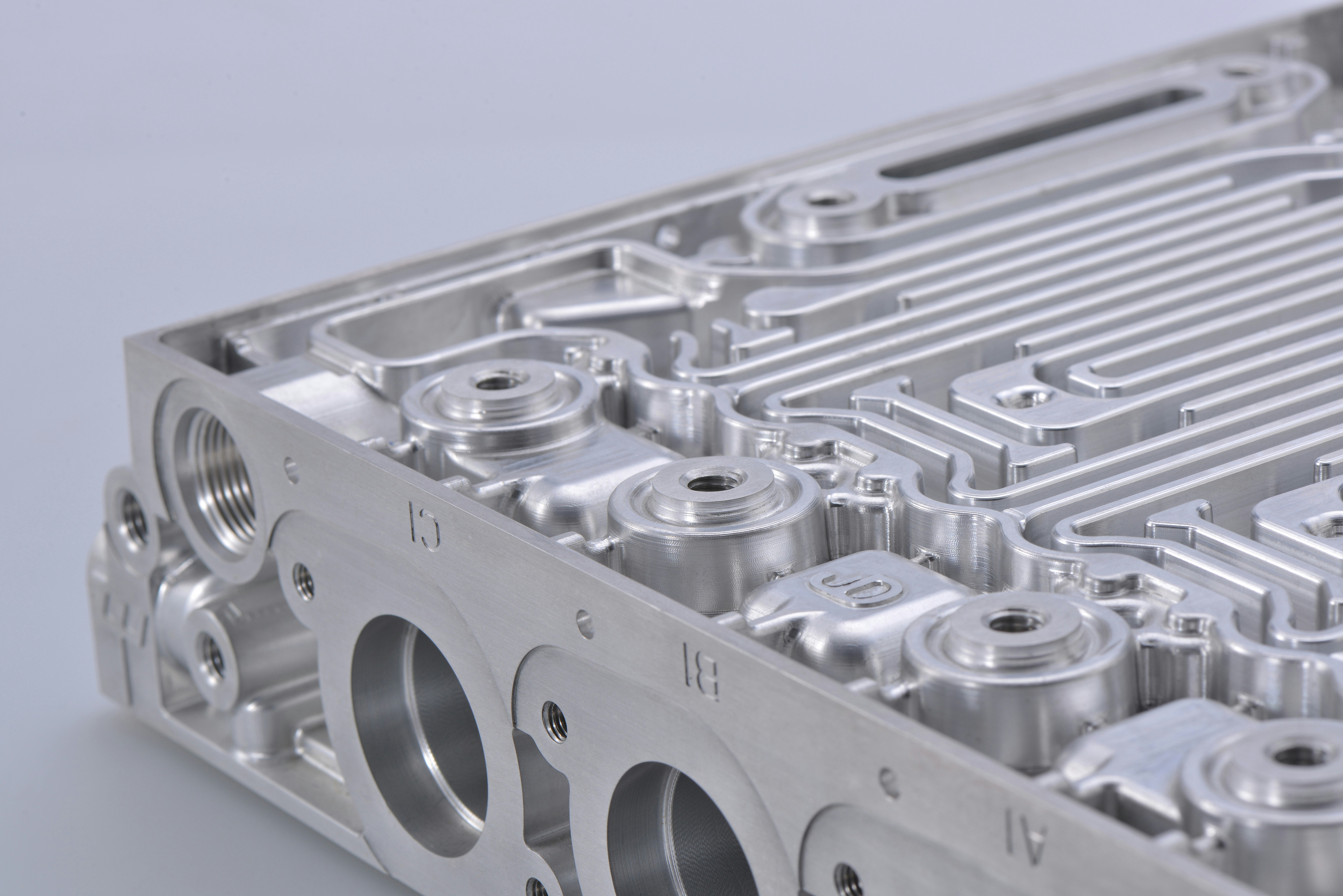
When choosing the best method for casting aluminum parts, it's essential to consider your project's specific requirements. Whether you need cast aluminum parts, a cast aluminum plate, or a cast aluminum tray, understanding the benefits of different casting techniques will help you make an informed decision.
Ensuring quality and precision in cast aluminum parts is crucial for the success of your project. By focusing on dimensional accuracy, surface treatment, and defect avoidance, you can guarantee that your final products meet the highest standards.
Partnering with a trusted manufacturer for aluminum parts casting is key to achieving outstanding results. Look for experienced manufacturers who specialize in die-cast aluminum parts, cast aluminum molds, and small aluminum parts casting. This will ensure that your project is in capable hands from start to finish.
By following these guidelines and working with a reputable manufacturer like Ningbo Buttler Precision Machinery Co., Ltd., you can confidently move forward with your aluminum parts casting project. With their expertise in die-casting molds and advanced CNC machines, they offer comprehensive capabilities that guarantee exceptional results every time.

